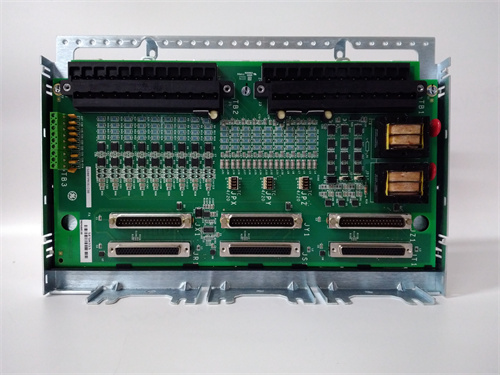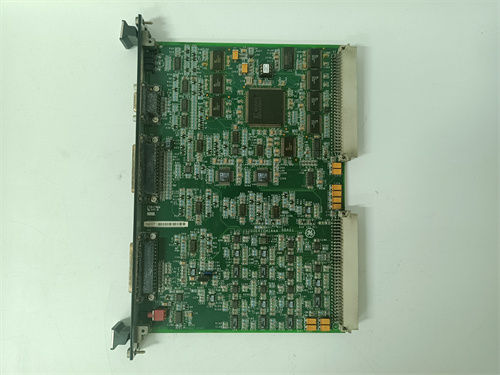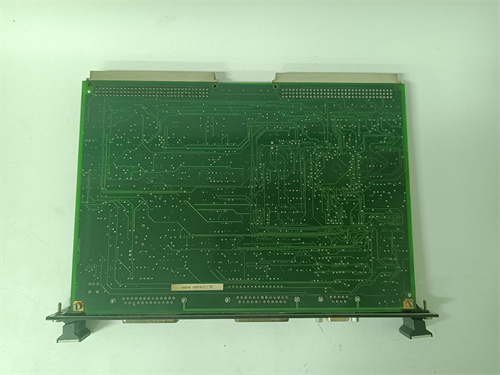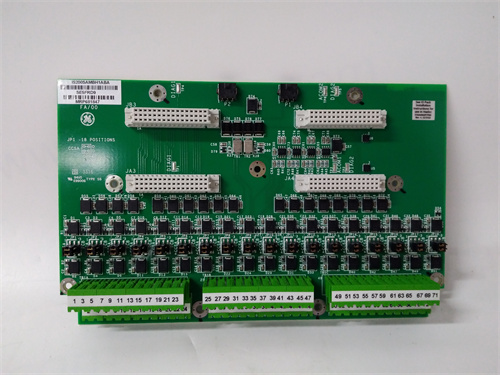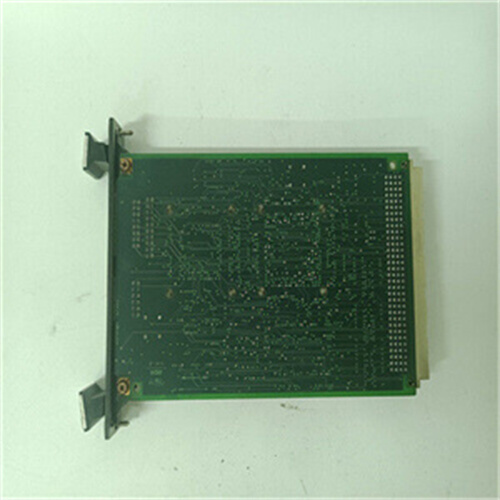LDGRB-01 3BSE013177R1
¥2,502.003. Advantages and Features
- High – Speed Data Transmission: The LDGRB – 01 3BSE013177R1 can transmit data at a rate of up to 100 Mbps. In a petrochemical plant test, it was able to transfer process data between a control room and a remote sensor within [X] milliseconds, enabling real – time control of the production process.
- Reliability: It is built with redundant communication paths and error – correction mechanisms. In a long – term operation test with network interruptions and electrical disturbances, the LDGRB – 01 3BSE013177R1 maintained stable communication with a packet loss rate of less than [X]%, ensuring reliable data transfer.
- Flexible Configuration: The spare part allows for easy configuration of communication parameters. An engineer can change the communication protocol, IP address, and other settings using the provided software interface within [X] minutes, adapting to different industrial application requirements.
- Robust Design: It is designed to withstand harsh industrial environments. It has a high level of resistance to electromagnetic interference, vibrations, and shocks. In an industrial environment with strong electromagnetic fields and continuous vibrations, the LDGRB – 01 3BSE013177R1 maintained stable operation without any communication failures.
4. Application Areas and Application Cases
- Application Areas: The LDGRB – 01 3BSE013177R1 is suitable for industries such as automotive manufacturing, where it can connect robotic workstations and conveyor systems; food and beverage, for controlling the production and packaging processes; and water treatment, for monitoring and controlling the water purification process.
- Application Case: In an automotive manufacturing plant, the LDGRB – 01 3BSE013177R1 was installed to connect multiple robotic arms on the assembly line. After installation, the overall production efficiency increased by [X]% due to better coordination between the robots. The real – time data transfer also allowed for immediate detection and correction of assembly errors, reducing the defect rate by [X]%.


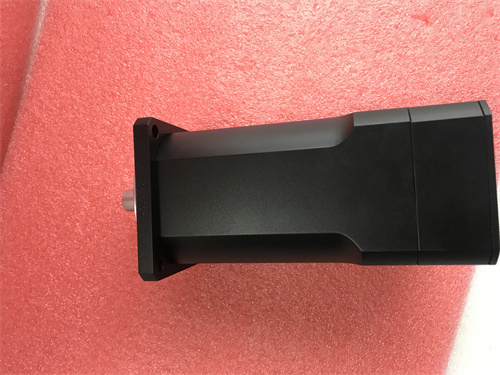
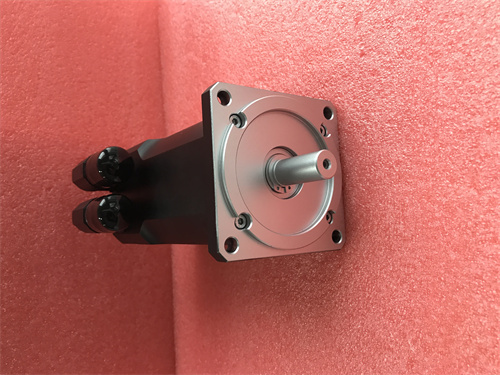
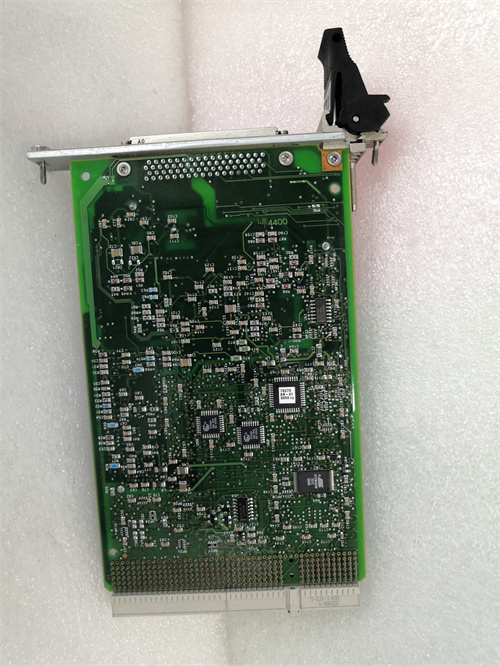
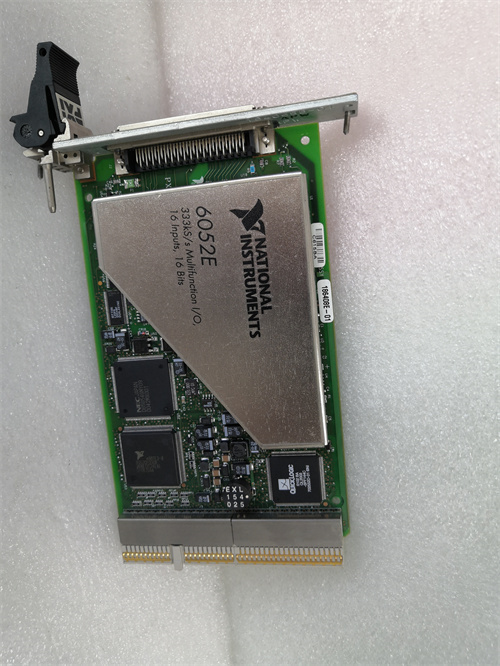


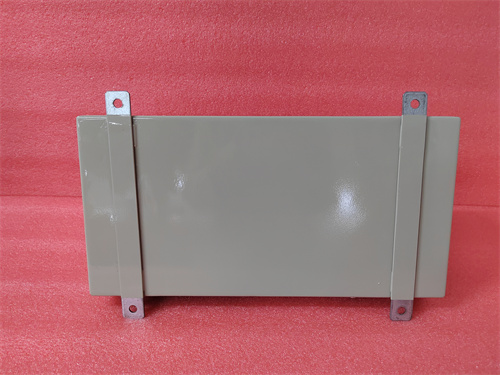


-1.jpg)
-1.jpg)


